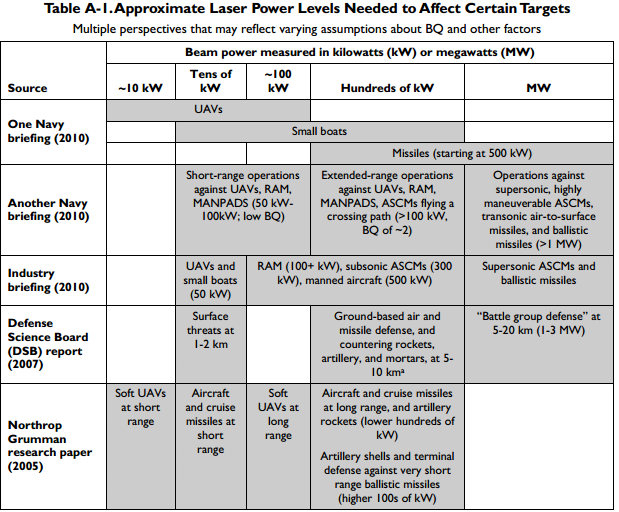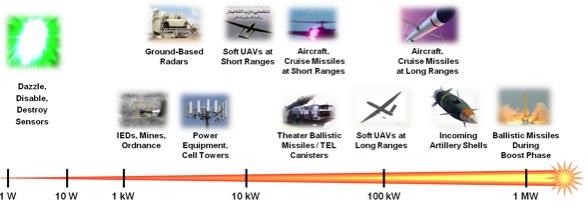Thoricia wrote:Balochistan and New York wrote:Sorry I replied to this late... But what I mean is tech that helps my factories and whatnot manufacture faster, better and cleaner. Mainly cleaner and faster though.
Automation is the primary thing to look at then as far as running faster and more efficiently, as far as cleaner it would be more specific to each industry but things like biodegradable oils, machines that run on grease and not way oil, alternative power sources and mostly running a factory with virtually no lighting are areas to start in, I'll try expanding on this a little more later
Ok so renewable energy and automation are my key points.... So should I try to completely remove fuels in my factories or just make the factory still run on fuels but just lesser than before? Anyways Thanks








